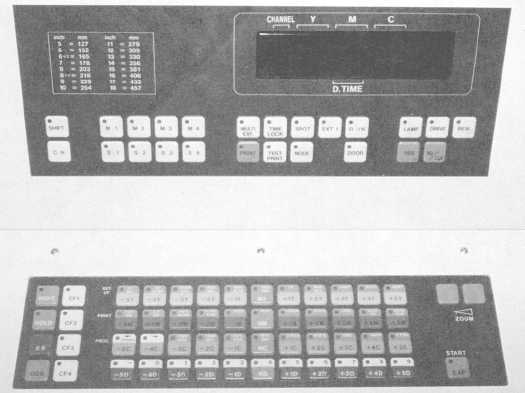Figure 12-9.–Keyboard of a Noritsu Model 1001 print processor.
Minilabs have a microprocessor that stores
information put in by a programmer. The information is
retrieved through channels. The channels are
programmed for different film manufacturers, ISOs,
negative sizes, print sizes, and paper combinations. The
various information combinations that are stored in
these channels are used to print production negatives;
for example, a 35mm Kodacolor negative to a 4x5 print
is printed on one channel, and 35mm Fujicolor negative
to a 5x7 print is printed on another. By programming
different negative and print combinations into separate
channels, you are able to produce production prints
which have good density and color balance from the
automatic printer. You can also fine-tune the density and
color by using the keyboard.
Color correcting on a minilab is less complicated
than on an enlarger. The keyboard of the printer contains
yellow, cyan, magenta, and density keys. These keys
range in value so you can make minor or major
adjustments. When the density of the print is off, density
can be either added or subtracted. When a production
print has too much cyan, yellow, or magenta, these
colors are subtracted. When the print has too much red,
green, or blue, the complement of these colors is added.
302.266
After the prints are exposed, the paper is fed
automatically into the processing section of the minilab.
The processing section contains chemical tanks and a
dryer section. Each tank has a roller assembly rack that
transports the print through the processor. Minilabs
require no plumbing or drains because they use a
washless process, such as KodakRA-4 chemistry. When
Kodak RA-4 chemistry is used, the total processing time
is completed in about 4 1/2 minutes.
The setting up and programming of automated
printers can be complicated. You are expected to be a
printer operator only. Programming the channels,
density, and color balance of automated printers should
be left to the more experienced imaging facility
personnel.
While automated printers are very useful in
controlling a high influx of production, there are
disadvantages in their use. Not all imaging facilities
have the space required to support automated printers.
Cropping is very restricted, and dodging and burning
cannot be performed. Like all machines, automated
printers require maintenance. They also must be
programmed accurately to function the way they are
designed. Without the support and expertise of
knowledgeable personnel, normal projection printing
may be preferred.
12-17



